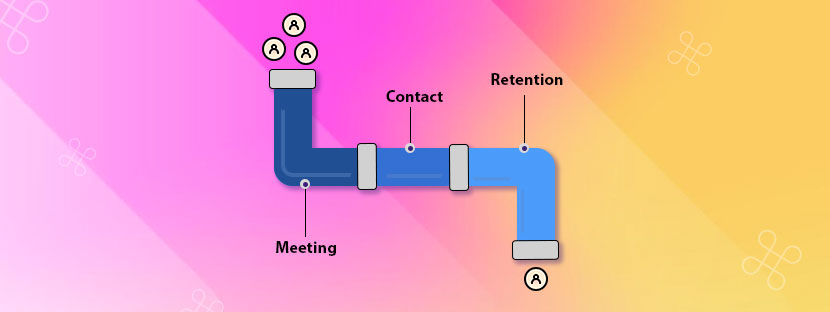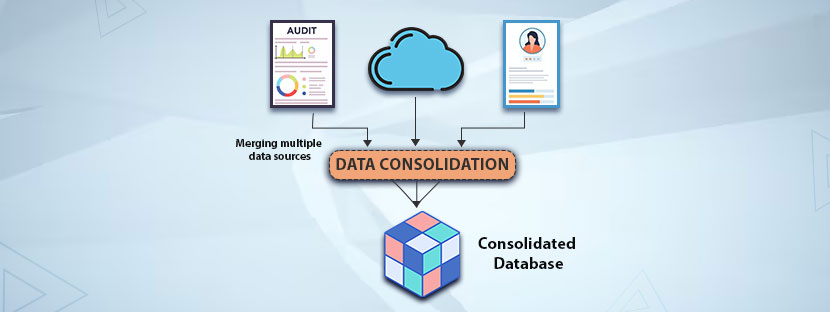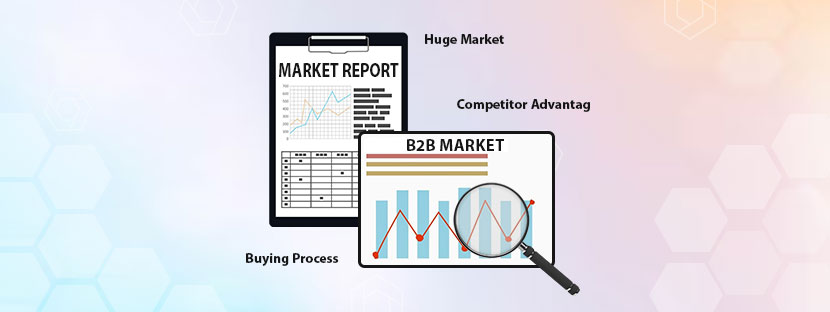Tracking your sales performance is a core measure you should never undermine, at all. Sales pipeline reporting is a great measure that helps you to check every sales action.
All you need here is an understanding of some basic metrics of your sales pipeline to get everything aligned. This blog is dedicated to all those matters that are important for your sales pipeline to function better.
Here we begin.
What is Sales Pipeline Reporting?
Sales pipeline reporting is a process of tracking, analyzing, and representing the status of your sales leads within your sales pipeline. It brings visibility to each stage of your sales cycle and informs the sales manager until the deal closure.
Sales pipeline reporting is one of the core functions of your CRM. It’s basically integrated into your CRM, as some software provides dedicated support to it.
5 Metrics You Need to Add to Your Sales Pipeline Reporting
Constantly monitoring your sales pipeline performance is necessary to keep your sales in check. You can generate more sales if you keep tracking your sales pipelines regularly. Here are the key metrics you need to check first in your sales pipeline reporting.
New qualified leads every week
This is the initial and the most valuable part of your sales tracking system. You have to add qualified leads to your sales pipeline every week. It’s obvious you need to have qualified leads in your sales pipeline in order to close more deals. Qualified leads mean the leads that are ready to purchase your offerings. Basically, these are the prospects who you can turn into paying customers if you guide them well.
There are only a few leads from a list of leads that get qualified to make a place in the sales pipeline. Performing lead qualification tactics helps segregate those leads from the rest. It helps fill your sales pipeline with qualified leads.
Hence, an efficient sales pipeline provides you with qualified leads every week. You need to check a few metrics here to get it working for you. The following questions can help you understand the capacity of your sales pipeline.
- How effectively are you making sales initiatives?
- How frequently are your sales activities?
- Does your lead volume fulfill your revenue goals?
- Have you encountered any incidents where your sales reps compromised your lead quality by focusing on lead quantity?
Per stage conversion rate
Among the other metrics to check the health of your sales pipeline, the per-stage conversation rate hits differently. A sale gets closed after several stages in the sales cycle. Thus, tracking every stage of your sales cycle is important to identify the conversion rate. Tracking the sales performance through conversion rate per stage will provide you with an idea of how your sales pipeline is doing.
Note: Most of the CRM software can calculate the conversion rate per stage. However, professional CRM data management experts can keep a close look at the historical datasets to compare your lead conversion rate over a period. You can get an in-depth CRM pipeline report for further assessment.
Pipeline value per stage
All your sales won’t ever close on the same day you approach your prospects. It will take time to proceed. However, to get a complete value of a sale, assessing the sales pipeline value is important. This metric discloses the total pipeline value of a sales pipeline. It shows values in increasing and decreasing orders. A higher value represents a high value of the overall sales pipeline.
Most importantly, you need to track the stage pipeline value regularly. It will give you a realistic expectation of your sales valuation. Getting a realistic outlook is important when it comes to assessing the sales pipeline.
For example, when you move ahead in your sales pipeline, you’d observe a sharp decline in the pipeline value of your sales channel. Brace it well, it’s normal. You’ll end up with some of your prospects who are closer to signing a deal. And that’s great.
Pipeline velocity
Now a little physics, no no, just joking..pipeline velocity is different
Sales pipeline velocity is a metric that reveals the amount of money that passes through your sales pipeline every day. The velocity depends on how fast your leads are getting converted through your pipeline. The method to understand how healthy your sales pipeline is requires a critical understanding. But you can also get many other metrics, like how long it takes to convert a lead, etc.
Sales pipeline velocity = number of deals X average size of deals / average sales cycle (length in days)
It’s a simple math you need to do here to get the amount of sales velocity.
Suppose you have 100 deals in your sales pipeline, and the average size of every deal is $1000. Plus, the average sales cycle is 30 days in length.
Hence, your sales pipeline velocity is 100X $ 1000/ 30 = $3333.33
Sales Rep Pipeline performance
It’s also quite important how your sales reps are performing and consolidating their individual contributions. This metric also helps identify your sales reps’ motivation level and check whether they require individual assistance or not.
Let’s understand the performance with one example;
Suppose one of your sales reps is doing well in prospecting. He is generating leads every day and gathering them better than the other members. However, none of his leads are getting converted. This clearly shows the person is interested in the job but lacks some basic skills. He requires some training to improve his lead conversation skills. Sales rep pipeline performance is a great metric that can help you with that.
Calculating the sales rep pipeline performance is simple. It follows the same formula we use in the conversion rate per stage metric. But here you need to estimate the value per sales rep. This metric helps you understand how your sales reps are performing individually and what kind of support they require from you. Once you provide them with assistance, they can close more deals and contribute to your sales goals at the end of each quarter.












